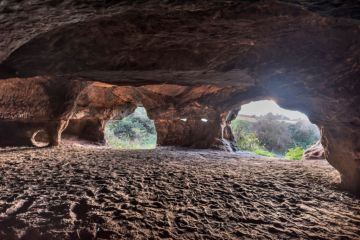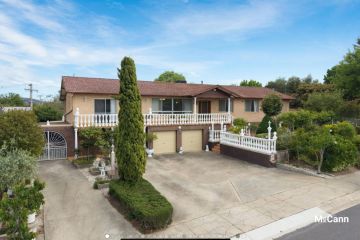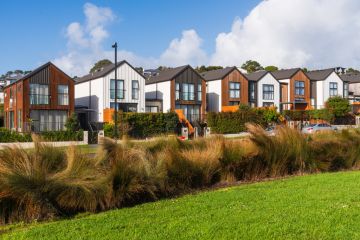The huge amount it costs now to sell one home and buy another
Home buyers are having to shell out more on costs associated with purchasing a property than in the past, prompting some already in the market to stay put rather than take on the added expense.
Housing transaction costs, which span stamp duty, listing fees, agents’ fees and solicitor fees, are at record highs, according to investment bank Jarden.
Its analysis found the average cost of upgrading a property in Sydney is about $120,000. While the average cost in Melbourne had moderated from a peak in 2022, buyers still have to pay about $80,000. Brisbane, however, had experienced a sharp rise, with transaction costs now about $60,000, according to Jarden.
Jarden economist Anthony Malouf said it viewed transaction costs as a “major hindrance” to people upgrading to another property or looking to downsize in retirement.
“The costs associated with doing that just don’t stack up for them,” he said. “They’d rather keep the few $100,000 in transaction costs in their pocket.”
For the purposes of its analysis, Jarden defined upgrading costs as those associated with selling a property and buying another of similar value. But, Malouf said actual costs could be higher.
“Realistically, when people go to upgrade they probably will pay a little bit more than what their current property might be worth because they want to buy a bigger block, or they might want to buy a bigger home in general,” he said.
Transaction costs as a share of home values ranged between about 7 per cent and 9 per cent across Australia’s three most populous cities, according to the Jarden report.
It said these outlays, stamp duty being the largest single transaction cost, had been a key driver behind a structural decline in housing turnover across Sydney. The situation also existed in Melbourne, although to a lesser degree. In Brisbane, turnover had moderated as transaction costs rose, the Jarden analysis found.
“What we’re finding is that transaction costs, in particular stamp duty, remain a big key hindrance as to why sales as a share of the dwelling stock are slowing,” Malouf said.
Housing affordability and supply were cornerstone issues of the recent election campaign. After Labor’s victory, a government scheme that allows purchases with a 5 per cent deposit by first home buyers will be expanded to include higher house values and more buyers.

But some experts view the need to pay stamp duty as a key barrier for people looking to buy. This included families hoping for a larger house to expand into or retirees wanting to downsize.
“Stamp duty as a lump sum cost at the time of purchase is a barrier to mobility,” said Dr Michael Fotheringham, managing director of the Australian Housing and Urban Research Institute. “It makes it harder for people to sell and buy and therefore to move around.”
He pointed to examples of people with a mortgage who wanted to move to different areas for work or education opportunities, or empty nesters who may stay in a house “which is more than they need, and often more than they want to maintain, and they’re unable to downsize because of transaction costs”.
Stamp duty makes up a large proportion of states’ funding, sitting at about 25 per cent of NSW and 22 per cent of Victorian taxation revenue, according to Jarden. While there have been calls to replace it with a land tax, only the Australian Capital Territory has made a decisive move so far.
“A more balanced system would be an annual land tax. Instead of paying a big lump sum at time of purchase, people pay, then, an annual land tax over time,” Fotheringham said.
Grattan Institute housing director Brendan Coates pointed to estimates that suggest if stamp duty were removed and replaced with a broad-based land tax, the move would “unlock the equivalent of 300,000 extra homes nationwide”.
“Basically, because you get a better allocation, better use of the existing housing stock,” he said.
“Downsizers would be more willing to sell, move out of large family homes once the children have left the nest, and first-time buyers would be happier buying a smaller dwelling, knowing they can upgrade later.”
Jarden said it saw a strong case for state governments making changes to stamp duty as this would improve affordability.
“However, stamp duty revenue represents a large proportion of the states’ tax revenue,” it said. “So any changes in the near term would appear unlikely.”
We recommend
States
Capital Cities
Capital Cities - Rentals
Popular Areas
Allhomes
More










